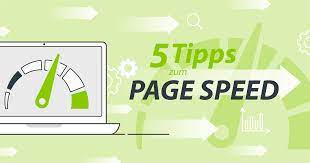A fast-loading website not only enhances user satisfaction but also contributes to better search engine rankings. Google, Pagespeed Ladezeit Webseite optimieren verbessern for instance, considers PageSpeed as one of the factors in its search algorithm, making it imperative for web developers and businesses to prioritize optimizing their websites for speed.
PageSpeed is influenced by various elements, including server response time, image optimization, browser caching, and the overall structure of the webpage. A well-optimized website ensures that users can access information quickly and efficiently, reducing bounce rates and increasing engagement. Slow-loading pages, on the other hand, can lead to frustration among users, resulting in higher bounce rates and potentially lost opportunities for conversions.
To improve PageSpeed, developers often employ various techniques such as minification of CSS and JavaScript files, leveraging browser caching, and optimizing images. Content Delivery Networks (CDNs) are also commonly used to distribute website content across multiple servers globally, reducing the physical distance between the user and the server and thereby enhancing loading speed.
In the mobile-centric digital landscape, PageSpeed has gained even more significance. With the increasing use of smartphones and other mobile devices, users expect websites to load quickly on smaller screens and slower network connections. Google’s emphasis on mobile-first indexing further underscores the importance of optimizing PageSpeed for mobile users.
